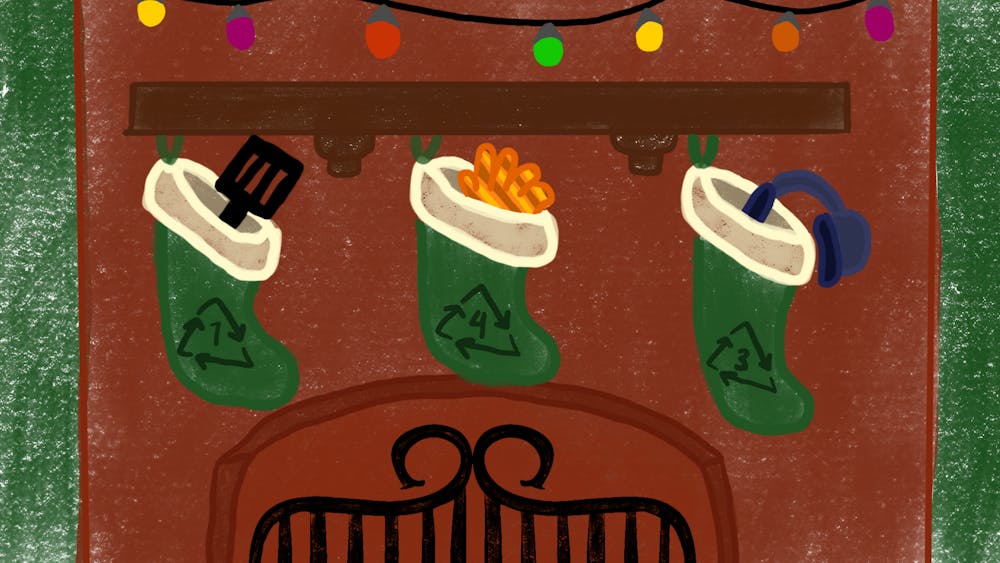Franz Kafka's “The Trial.” Virginia Woolf's “Between the Acts.” Geoffrey Chaucer's “The Canterbury Tales.”
All are significant literary texts that shaped the legacy of their authors. All are published in versions considered by their creators to be incomplete. And, all are works of art that the world is better for having.
When dead artists leave their unfinished works as orphans, it is still best for these projects to reach the public somehow, however flawed or vulnerable they may be.
Such will not be the fate of the body of unfinished work left behind by Terry Pratchett after his death in March of 2015, a collection that was stored on a hard drive which was destroyed by – get this – a steamroller on Aug. 25, 2017.
The destruction was carried out per Pratchett’s request, and the crushed fragments of the hard drive will be on display in the Salisbury Museum in England starting Sept. 16.
I don’t know about you, but if I loved Terry Pratchett’s writing, I would much rather read whatever it was he had been working on than make some kind of sad pilgrimage to Salisbury and stare longingly at mangled computer guts.
I actually have not read anything of Pratchett’s, but that is entirely beside the point, which is that art belongs as much to an audience as it does to the artist. Spare me the witty objections involving copyright and intellectual property. This is about the separate life that art takes on when it reaches the public.
Whether brought out through different lenses of critical theory or through the idiosyncrasies of individual perspectives, literature’s greatest strength is the very quality that causes many people outside the humanities to dismiss it — there is no one right way to interpret a text.
Because readers are both entitled to and attached to their own interpretations, the specific experience of any one person reading a novel is a personal creation that ultimately belongs to them and not to the author.
Thus, art does not belong solely to the artist. The potential for even unfinished works to influence the lives of those who consume them should encourage artists to share whatever they have.
What is more, unfinished works make us feel closer to artists. It can be liberating to see evidence of fallibility and to humanize rather than deify these people — to feel like you are not so far below them after all.
One of my own favorite books, in fact the one that continues to inspire me to be a writer, was published in exactly the manner Terry Pratchett refused. It was unfinished and imperfect but valuable and deeply moving.
I know I would not be who I am today without Marina Keegan’s “The Opposite of Loneliness,” and I am endlessly grateful that those in charge of caring for her work chose to share it.
So, while I respect Pratchett’s very human desire to control his legacy, I believe artists should arrange for their unfinished works to be released after they die. The value of what we create surpasses our own appraisal, and the world can always use more art.
mareklei@indiana.edu
@foreverfloral97





